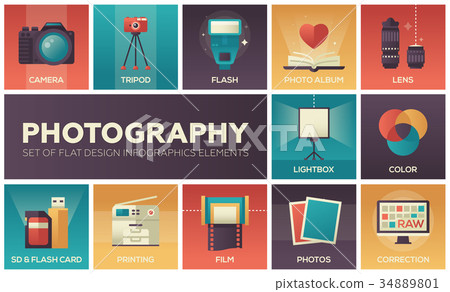What Every Professional Photographer Ought To Learn About Illumination
What Every Professional Photographer Ought To Learn About Illumination
Blog Article
Post Produced By-From Olsson
As a photographer, you recognize that lights can make or damage your pictures. Understanding the subtleties of both natural and synthetic light is essential for capturing the state of mind and clearness you aim for in your work. Whether you're going after the ideal gold hour radiance or adjust your artificial arrangements, understanding these aspects can elevate your photography considerably. However there prevail pitfalls that many forget, and identifying them can change your strategy to every shoot. Allow's discover what you might be missing out on and how it can impact your results.
Understanding All-natural Light
Understanding all-natural light is essential for any kind of photographer seeking to improve their work. Medical Residency portrait 's the foundation of terrific digital photography, affecting mood, tone, and clearness. When you shoot outdoors, pay attention to the moment of day. The golden hour-- quickly after sunrise and prior to sundown-- supplies soft, cozy light that can change normal scenes into magnificent images.
Do not take too lightly the power of overcast days. Cloud cover diffuses sunshine, producing a soft, also light that's ideal for portraits and macro digital photography. You'll discover colors pop in this type of lighting without rough shadows.
Placing issues, too. Constantly consider your subject's positioning to the light source. If the sunlight's behind your subject, you may end up with a silhouette, which can be significant yet mightn't be what you want. On the other hand, direct sunshine can produce unflattering shadows.
Experiment with angles; in some cases, transforming your viewpoint can generate remarkable results. Use all-natural reflectors, like water or sand, to jump light onto your topic, adding measurement.
Mastering Artificial Light
Grasping fabricated light is necessary for photographers who wish to take their abilities to the following level. Whether professional application photo using speedlights, studio strobes, or constant lights, comprehending just how to manipulate these sources can substantially improve your photos.
Start by familiarizing on your own with the basics of light top quality, instructions, and shade temperature level. Trying out various modifiers like softboxes, umbrellas, or grids to control the gentleness or cruelty of the light.
You'll locate that soft light typically creates complementary outcomes, while harsher light can add dramatization and deepness. Don't avoid darkness; they can boost the three-dimensionality of your topics.
Pay close attention to the placement of your lights. https://blogfreely.net/donovan67alphonse/find-out-just-how-to-pick-the-excellent-video-camera-tailored-to-your positioned too near to your topic can produce uncomplimentary outcomes, while too away can lead to an absence of information. Use a light meter or your camera's pie chart to ensure you're revealing correctly.
Last but not least, remember that synthetic light can be combined with ambient light for imaginative results. Stabilizing these resources could take method, but once you grasp it, your digital photography will really radiate.
Techniques for Various Circumstances
When you step into different shooting scenarios, adapting your illumination techniques is crucial for catching the best pictures. For outdoor portraits, utilize the golden hour-- morning or late afternoon light-- to soften shadows and boost complexion.
If it's a severe noontime sunlight, think about making use of a reflector to bounce light back onto your subject or look for shaded areas for an extra even exposure.
In low-light scenarios, like interior events, enhance your ISO and utilize a wide aperture to allow in even more light. A tripod can aid remove camera shake, permitting longer direct exposures without blurring.
If you're shooting at night, experiment with off-camera flash to produce dynamic illumination and depth in your images.
For product photography, use diffused lighting to avoid extreme reflections. Softboxes or light outdoors tents can assist accomplish this effect.
When photographing landscapes, take into consideration the instructions of light and time of day, as it can significantly alter the mood of your shot.
Constantly prepare to adjust your setups and placing based upon the circumstance, as versatility is vital to grasping lighting in photography.
Verdict
To conclude, understanding lights is crucial to raising your photography skills. Accept all-natural light's appeal during golden hour, and do not shy away from explore man-made light methods. By adjusting your method to various situations, you'll capture sensational photos that resonate with emotion and clearness. Remember, the ideal lights can transform an ordinary shot into something extraordinary, so maintain practicing and fine-tuning your understanding of both natural and fabricated light. Satisfied shooting!
